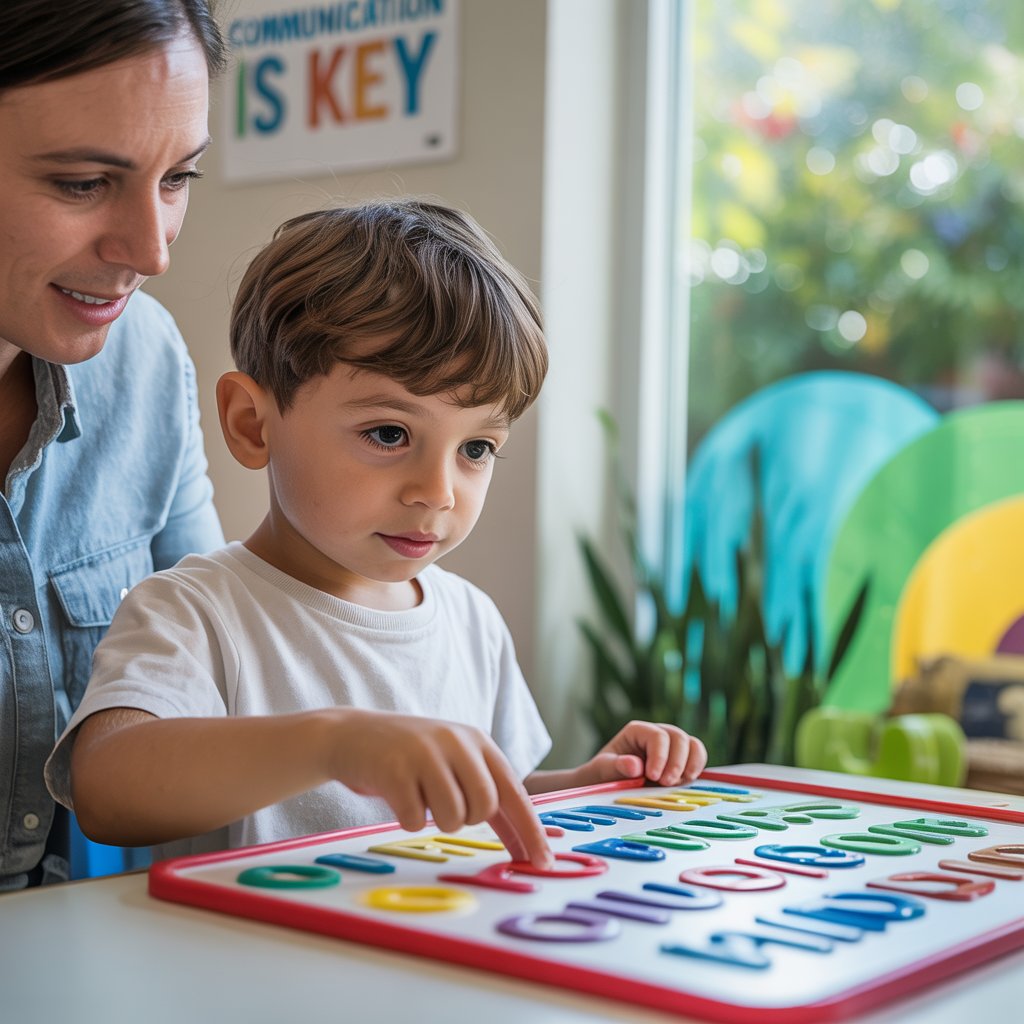Brain Science Behind Autism and ADHD Motor Skills

Ever wonder why some kids struggle to catch a ball while others excel at it naturally? The answer lies deep within the brain.
Several key brain regions work together to coordinate movement. The motor cortex sends signals to your muscles, telling them when and how to move. But that's just the beginning of the story.
The cerebellum - that cauliflower-shaped structure at the back of your brain - fine-tunes movements, making them smooth and precise. Kids with ADHD or autism often show differences in cerebellar structure and function, which explains those awkward movements you might notice.
The basal ganglia act like the brain's gear shifter, helping start and stop movements at the right time. When this system doesn't work perfectly, you get those impulsive movements common in ADHD or the repetitive motions seen in autism.
Brain imaging studies have consistently shown structural and functional differences in these regions among children with neurodevelopmental conditions. It's not about having a "broken" brain - it's about having a differently wired one.
Executive function's role in coordinated movement
Think coordinated movement is just about muscles? Think again.
Executive functions - those brain processes that help you plan, focus, and execute tasks - play a massive role in motor skills. When you decide to reach for a glass, your brain has to:
- Plan the movement sequence
- Inhibit unnecessary movements
- Adjust in real-time if something changes
- Maintain attention throughout the action
For kids with ADHD, those executive function challenges directly impact movement. That's why they might appear "clumsy" - their brain is struggling with the planning and sequencing aspects of movement, not just the physical execution.
In autism, the rigid thinking patterns can make adapting movements to new situations particularly challenging. That perfect throw on the practice field might fall apart in a real game situation when variables change.
These executive function difficulties explain why motor challenges often appear alongside cognitive and behavioral symptoms - they're all connected through the same brain networks.
Sensory processing differences affecting motor performance
Your brain doesn't just send signals out - it constantly receives sensory information to guide movement. And here's where things get really interesting for kids with ADHD and autism.
Many children with these conditions experience sensory processing differences. Some are hypersensitive - that tag on a shirt feels like sandpaper. Others are hyposensitive - they might not notice they're about to bump into something.
These sensory differences directly impact motor skills in several ways:
Proprioception (body awareness) challenges make it hard to know where your body is in space - crucial for coordinated movement.
Vestibular processing affects balance and spatial orientation. That's why some kids struggle with activities like riding a bike or climbing stairs.
Visual-motor integration connects what you see with how you move. Difficulties here make catching a ball or copying from a whiteboard frustrating challenges.
For many kids with autism, sensory overload can trigger a complete shutdown of motor systems - explaining why stress situations often worsen motor performance dramatically.

How dopamine and other neurotransmitters impact motor skills
The brain's chemical messengers play starring roles in the motor skills story - especially for kids with ADHD.
Dopamine, the "reward chemical," doesn't just affect attention and motivation. It's critical for initiating movement and learning new motor skills. The dopamine system works like a feedback loop, reinforcing successful movements and helping refine them over time.
Kids with ADHD typically have dopamine dysregulation, which is why stimulant medications (which affect dopamine levels) can sometimes improve not just attention but also motor coordination.
Other key players include:
- Norepinephrine: helps maintain alertness during physical tasks
- GABA: prevents excessive movement by inhibiting certain neural pathways
- Serotonin: regulates mood, which indirectly affects motivation for motor learning
In autism, researchers have found differences in multiple neurotransmitter systems, creating a more complex neurochemical picture that affects motor development differently than in ADHD.
These chemical differences explain why medications that help one child's motor skills might do nothing for another - our neurochemistry is uniquely personal.
Research findings on neurological differences in ADHD vs. autism
The science comparing motor challenges between ADHD and autism reveals fascinating patterns:
Children with ADHD typically struggle most with:
- Timing and rhythm of movements
- Consistent force regulation
- Sustaining motor performance over time
- Response inhibition (stopping movements)
Meanwhile, autism-related motor difficulties often center around:
- Motor planning and sequencing complex movements
- Imitating others' movements
- Adjusting movements based on environmental feedback
- Dual-tasking (talking while walking)
Brain imaging studies show overlapping but distinct patterns. Both conditions show differences in cerebellar function, but autism often presents with more widespread connectivity differences affecting multiple motor networks.
A groundbreaking 2023 study found that while both groups showed atypical movement patterns, the underlying neural signatures were distinct enough to potentially serve as biomarkers for differential diagnosis.
The most promising research direction focuses on personalized motor intervention approaches based on specific neurological profiles rather than diagnostic labels alone - recognizing that the brain differences driving motor challenges vary widely even within diagnostic categories.







